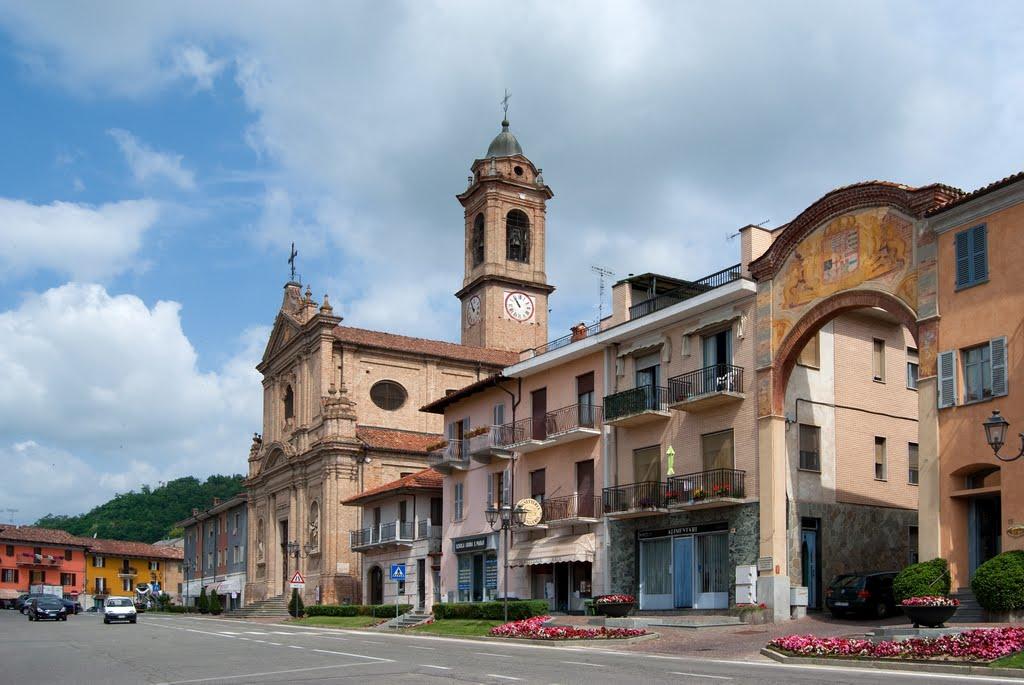Corneliano d'Alba
It’s a town located in the central Roero zone, extended on the hill slopes of the Riddone’s Creek valley. Since the beginning, it’s been a town that’s always been very famous for its merchant calling linked to the town fairs of local agricultural products, such as peaches and “Corneliano’s favourite” grapes, from which a delicate white wine is produced. A very important tradition is linked to the peaches and grapes, the cestai tradition, with a renowned fame that goes beyond the local borders since the 1930’s.
BACKGROUND HISTORY
Corneliano merges along the ancient Roman road itinerary that linked Alba to Turin. After becoming the fundus of the gens Cornelia (from which the name was taken), Corneliano got a certain relevance only from the twelfth century, when, after the introduction of the Liberi Comuni, its strategic importance for the control of the territory was rediscovered. The castle was then built on the hill overlying the village. After the long wars at the beginning of the 1500s, the residential area and the castle near-by got partly destroyed: now-a-days we can just see the decagonal tower and the remains of the support walls that belonged to the castle.
MUST SEE:
THE DECAGONAL TOWER. Situated in a higher position than the town, it’s 22,34 meters high and it’s the most relevant element that identifies Corneliano. Together with the remains of some of the defensive walls, it is what it’s left from the castle, built thanks to the De Braya family between the twelfth and fourteenth century. Today it hosts the Torre di Corneliano Foundation ONLUS.
THE ARCH. Mentioned since 1588, people think that the arch has been put at the entrance of the “new door” since 1300. The current painting represents the Casa Savoia’s crest during the year 1815, after the fall of Napoleon.
SS. GALLO AND NICOLO’. This church was built on the same site as the previous one more upstream in 1748, on Count Giancarlo Giacinto Roero’s initial draft, consecrated in beautiful baroque shapes in 1773. Inside there are a holy water font from the 1300s, a ligneous crucifix from 1400s and paintings from Pietro Paolo Operti and Rodolfo Morgari.





